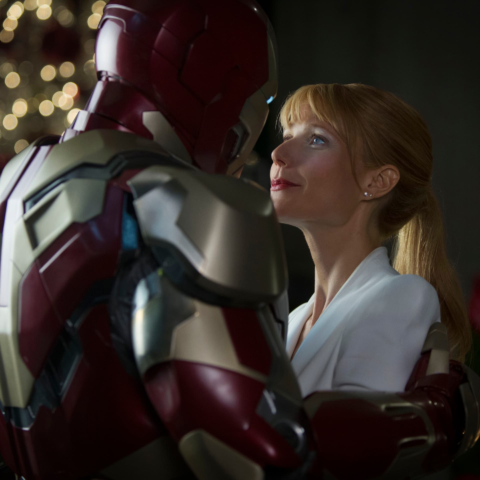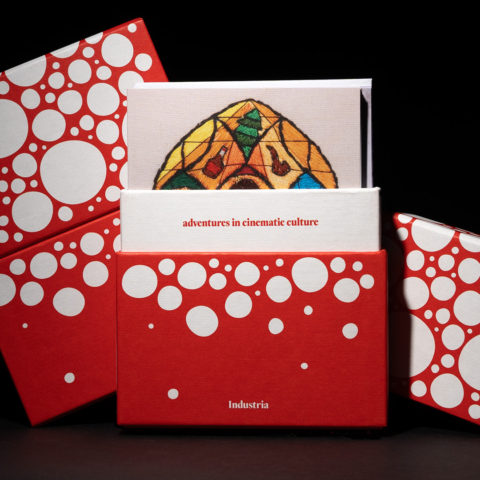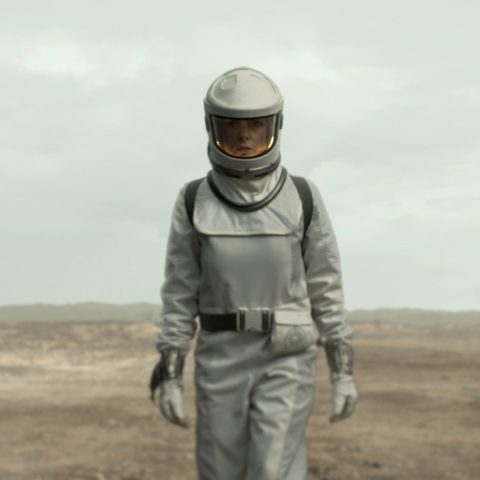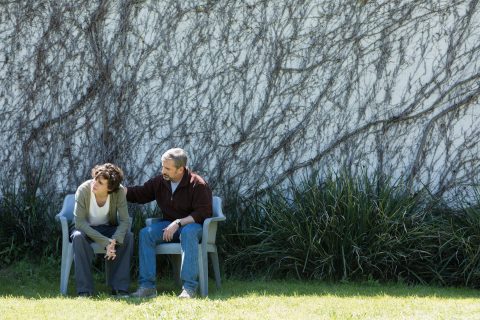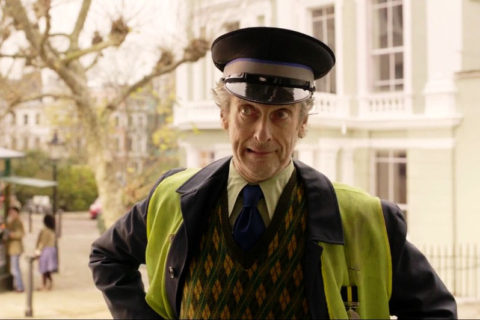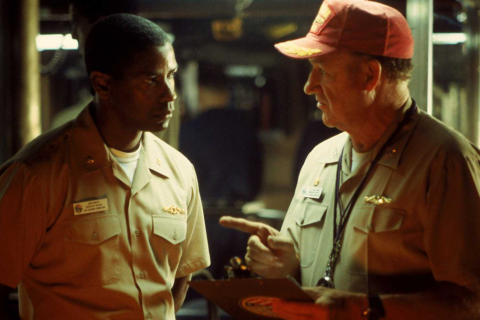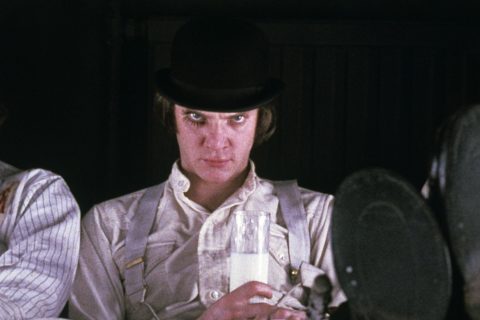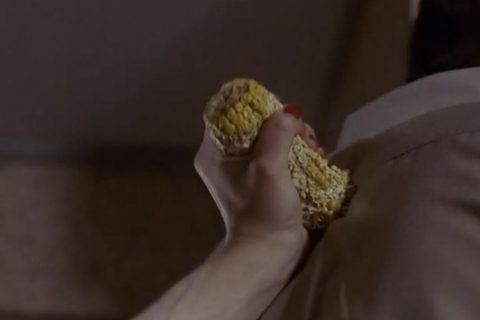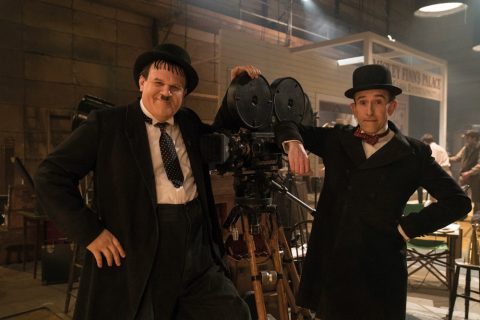Apocalypse Now
“The bullshit piled up so fast in Vietnam, you needed wings to stay above it.”
This is the end, beautiful friend… Francis Ford Coppola’s war film to end all war films, Apocalypse Now, was released this weekend in 1979 in the US. The film itself was very nearly the end of the director’s career: it nearly bankrupted Coppola, came close to leading star Martin Sheen to an early grave, and had a mountain of production issues. Lauded as one of the greatest war movies of all time (for very good reason), is endlessly quoted and parodied, from “Charlie don’t surf” to “the horror…the horror”.
Did you know…
1) The film is loosely based on the 1899 novella Heart of Darkness by Joseph Conrad. Screenwriter John Milius decided to bring the story into the 20th century, choosing the Vietnam War was a personal choice; Milius was determined to join the army. “It was a real desire to make a Vietnam movie, and certainly on my part – throughout the time I was going to USC, and then I thought I was going to go to Vietnam”, he recounts. “I thought I’d either be killed or have a military career. Then I had asthma […] It was totally demoralizing. I missed going to my war. It probably caused me to be obsessed with war ever since.”
2) Production of the film famously ran into difficulties including bad weather (Typhoon Olga destroyed sets on location in the Philippines) and actors’ bad health (Marlon Brando arrived on set overweight and Martin Sheen suffered a serious heart attack during production), all of which is captured in the documentary “Hearts of Darkness: A Filmmaker’s Apocalypse”. This caused delays and additional costs; the whole production ended up costing over $30 million – an extortionate amount in the late 70s – rather than the agreed $12 million budget. Coppola had to invest his own money and put his own assets, including his house, his car and the profits he made from The Godfather down as security for the rising budget. “My thinking was ‘oh, we’re never going to be able to survive this,’” Coppola said. “Interest rates in those days, you couldn’t imagine it today, it was over 26%, and I think I owed about $30 million. I didn’t have the kind of money like that at all, and I was just so scared. I had three kids and a family.”


